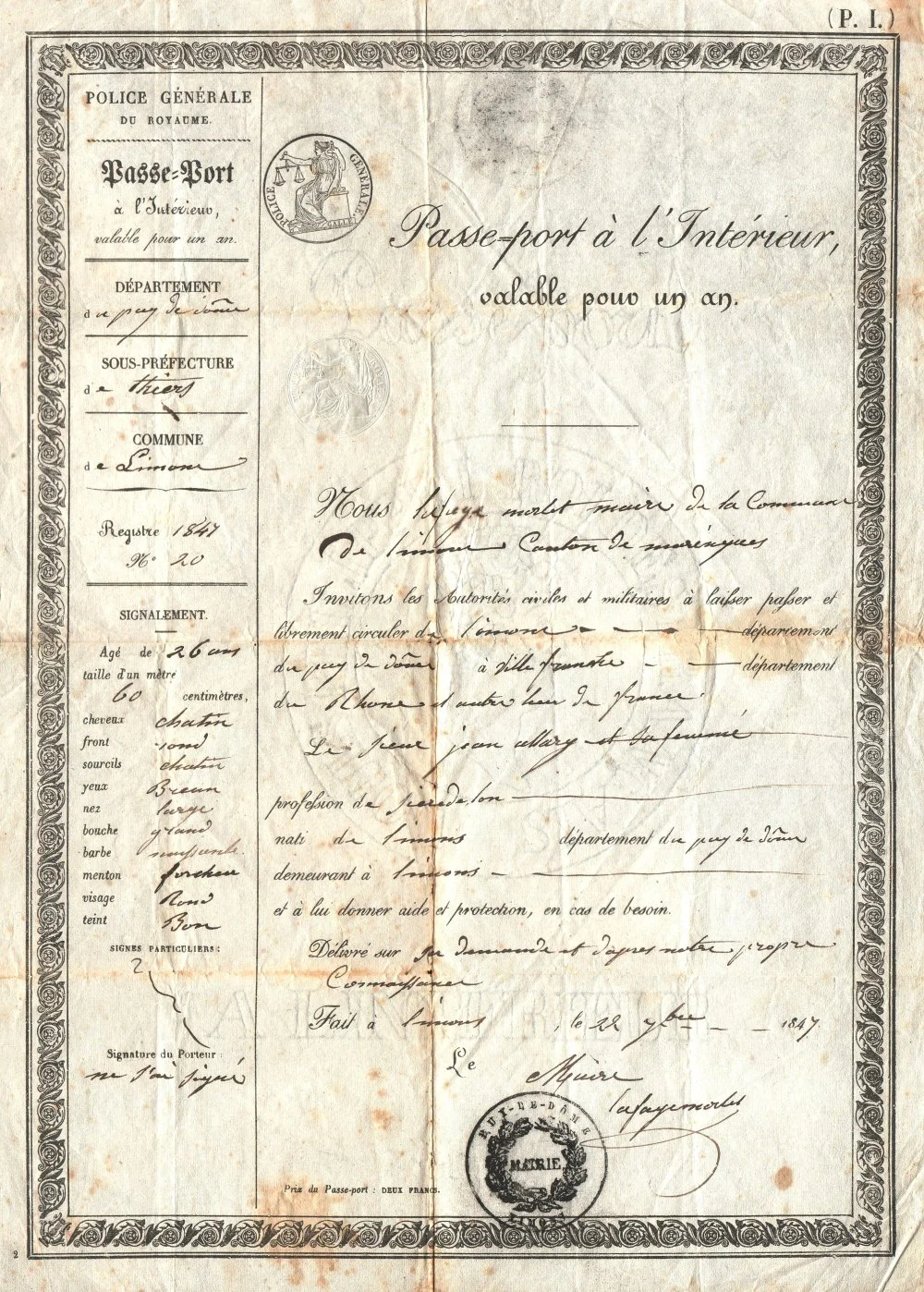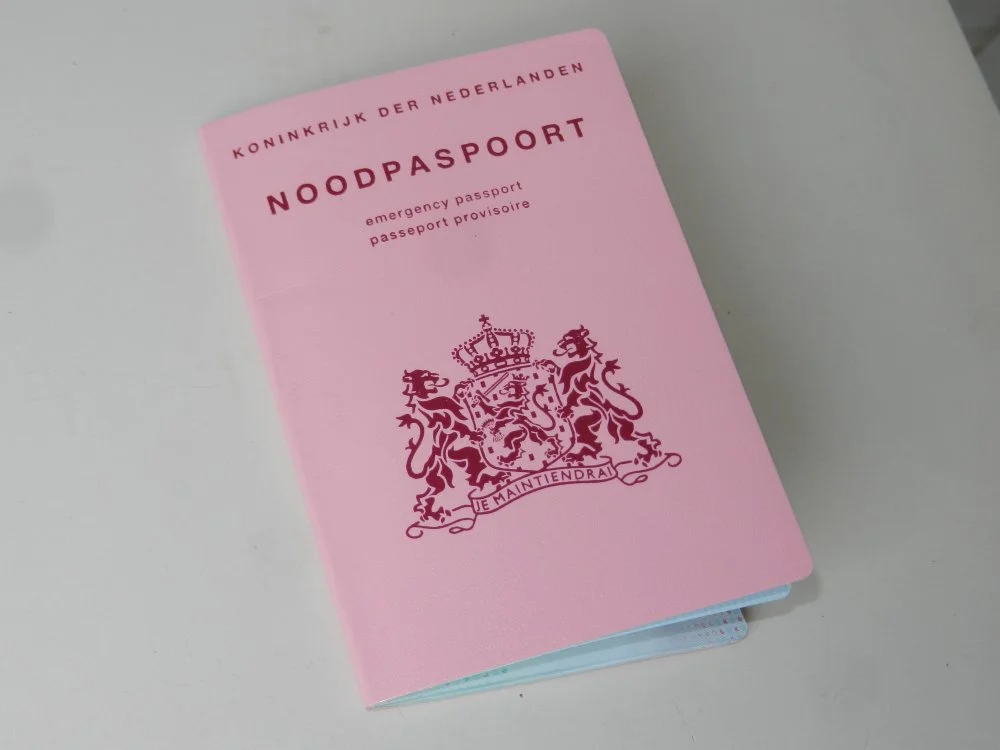The Secret Behind Passport Colors
The Mystery of the Missing Orange

Utagawa Sadahide, 1807-1873. Foreigner Checking Documents at a Merchant House in Yokohama. 1861. The Chicago Art Institute/Alamy
The passports of the majority of countries across the world have covers of one of four colors—blue, red, green, and black. It's clearly a global trend, but what do these colors really mean? Is there a hidden code in the covers of our travel documents?
In 1920, the conference of the League of Nations agreed on a standardized form for international passports. Since then, all such passports have looked roughly the same—typically a small, rectangular booklet-style document made from paper that can withstand great wear and tear. If a country suddenly wanted to issue a round passport made of plywood with fur, its citizens would have serious problems in many countries. However, the color of the cover of a passport is not regulated by any formal rules.

Passport color design world map/Wikimedia Commons
However, the choice of color does follow some informal rules, of which some are based on convenience and some on tradition.
A hundred years ago, passports were made of ordinary, if dense, cardboard. This made sense since an important document that would be touched by many hands—border guards, officials, et cetera—needed to be as secure and sturdy as possible. Therefore, the color of the cover was chosen to be as non-fading as practically achievable, and thus white, yellow, and other bright colors were excluded from consideration.

Passport (1847) issued by the mayor of Limons, Puy-de-Dôme department, France./Wikimedia Commons
Since a passport is a state document bearing the symbols of the state, it was usually given not just any color but one with meaning. For example, it can have one of the colors of a country’s national flag. As a result, there are many blue and red passports in the world. This is also why there are practically no brown passports, because brown is an extremely rare color for flags.
Today, while it may seem that the color of a passport can be used to determine the group of countries it belongs to, that’s not quite always the case. For example, blue is more typical for the countries of the Americas. But Mexican passports are green, and a whole group of Central American countries have red passports.

First Japanese passport, issued in 1866
On the other hand, a red passport is common in Europe and Asia; it is the most popular color here. However, ‘red’ is probably not quite the right description.The most common passport color in these regions is "dark cherry" , the color of Burgundy wine. Almost all passports of the Member States of the European Union (EU) use this color (although Croatia’s is dark blue, for example, and this does not affect its membership in the EU in any way).
Green is often chosen by Muslim countries for their passports to honor the green banner of Islam. But this rule is neglected even by such extremely religious Muslim states as Afghanistan (blue), Yemen (dark blue), and Jordan (blue). In addition, the color green is also popular among the passports of African countries.

Various passports/Wikimedia Commons
So guessing where someone comes from by the color of their passport is a dubious proposition. And this only covers standard passports for ordinary citizens. Let us not forget that almost every country has three, four, or even five types of passports, including those used by diplomats, employees of special groups, military personnel, immigrants with residence permits, and so on. Thus, the colors of the covers are not limited by any traditions. For example, Indian government employees have white passports, and in the Netherlands and some other European countries, the passport for urgent entry into the country (for example, in case of loss of documents) is pink.

Emergency passport of the Kingdom of the Netherlands/Wikimedia Commons



